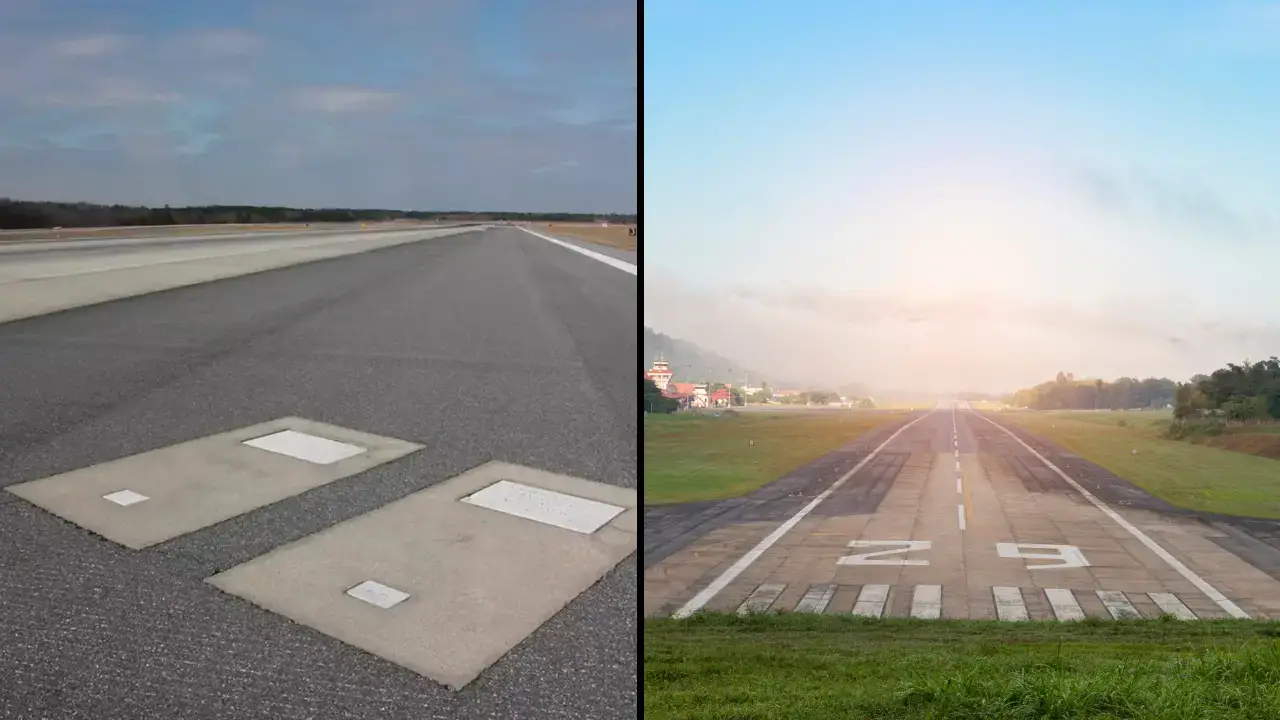
Credit: Savannah Airport & Adobe Stock
Why Two People Are Buried in Graves At An Airport Runway
The story of why two people are buried in graves at an airport runway has captivated the attention of the internet.
It’s not every day that an airport runway shares space with a graveyard, but for visitors flying into Savannah/Hilton Head International Airport in Georgia, two small, unmarked graves along the tarmac present a curious anomaly.
These graves, belonging to Richard and Catherine Dotson, are a testament to a unique intersection of history and progress.
This unusual occurrence raises a question that fascinates travelers and historians alike: why were these graves preserved on airport grounds?
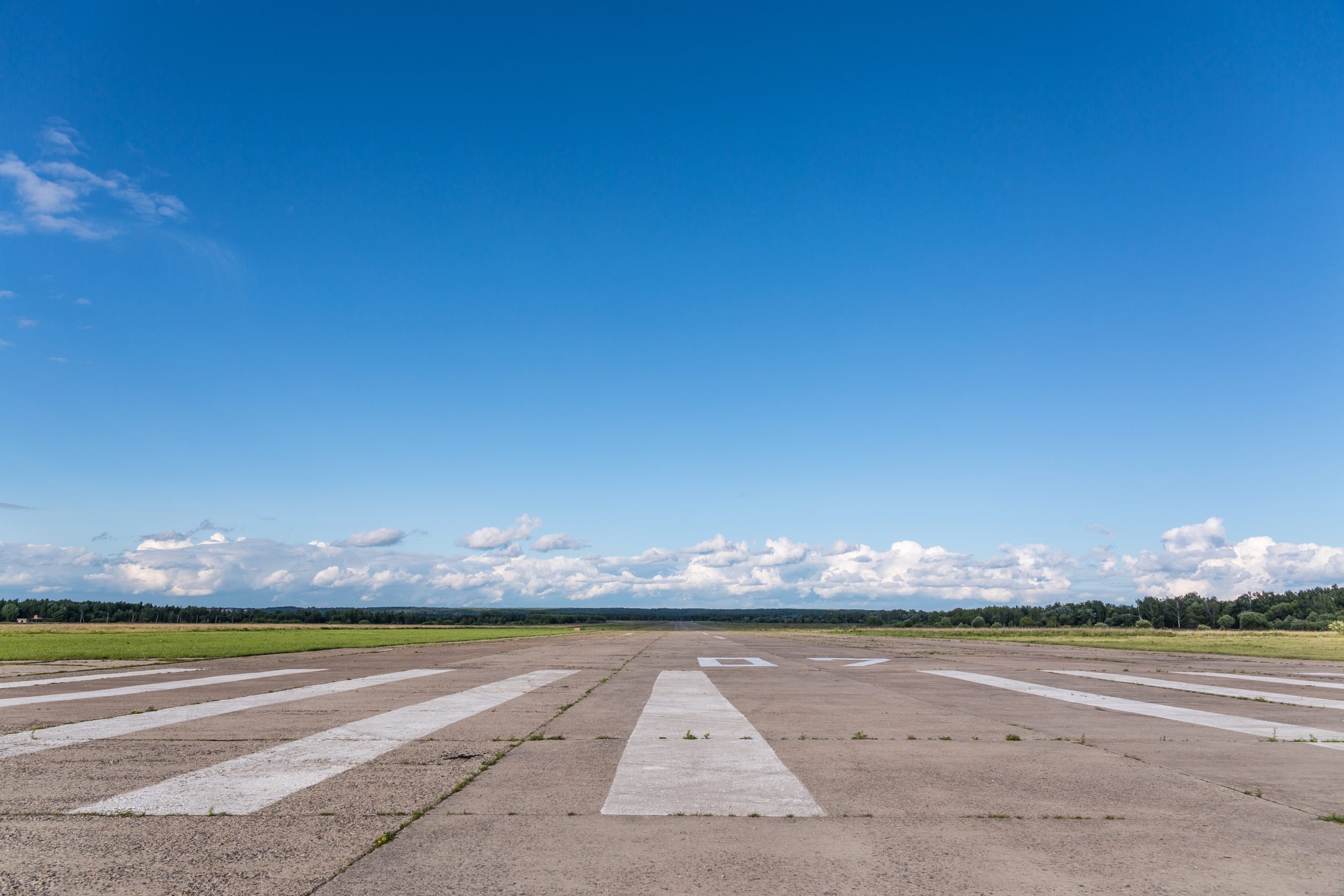
When you’re seated on a plane, peering out the window before takeoff, your mind is likely on the journey ahead.
Few passengers ever consider what lies beneath the surface of the runway they’re about to speed down.
However, one airport in Georgia carries an extraordinary piece of history beneath its tarmac: graves, to be specific.
At Savannah Hilton Head International Airport, the past coexists with modern aviation in an unexpected and poignant way.
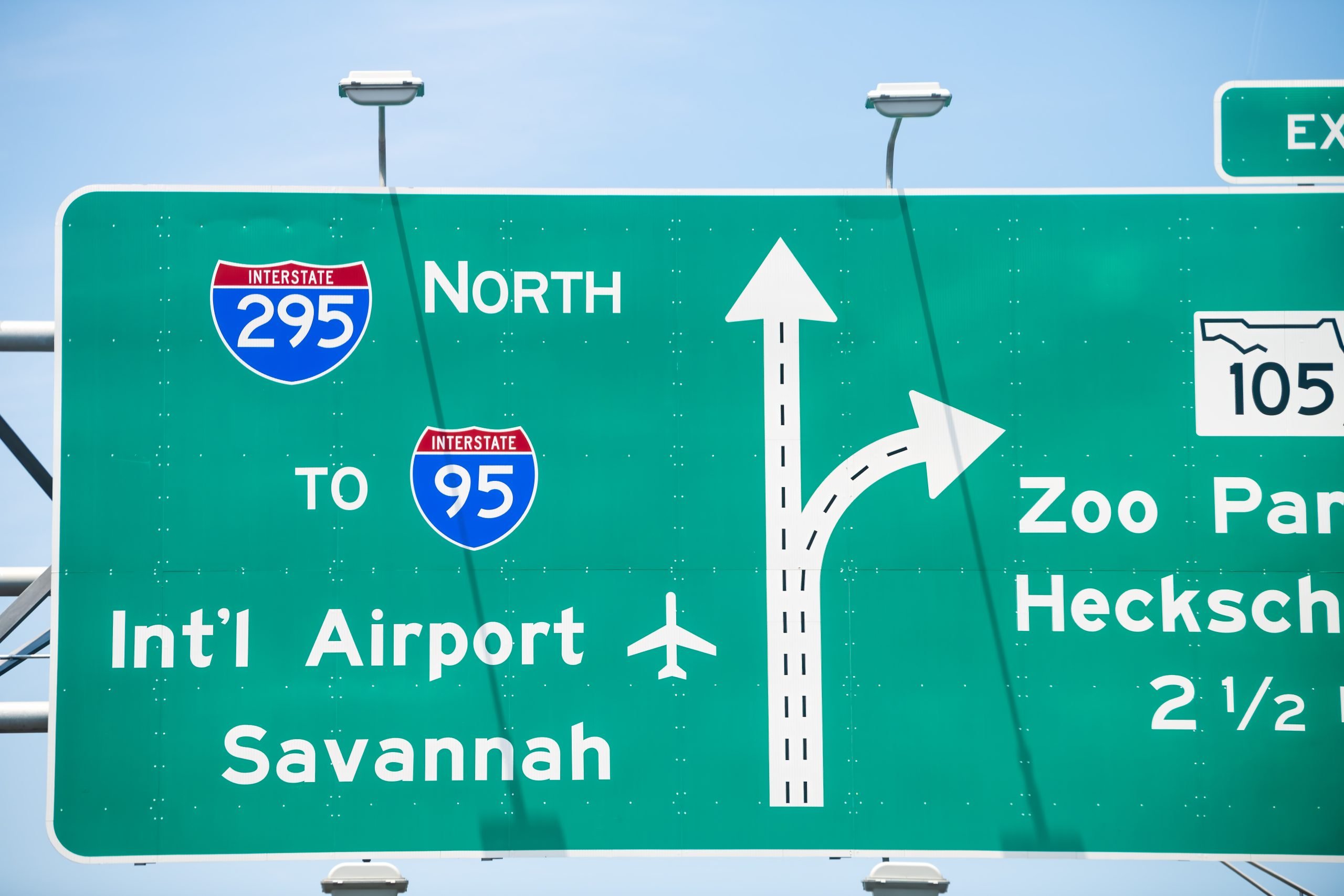
If you’re landing at this airport, keep your eyes out for a unique feature: two rectangular markers embedded in the runway itself.
They aren’t ordinary markers for maintenance or navigation.
These shapes actually represent the graves of two individuals, Richard and Catherine Dotson, who have been buried there for well over a century.
This isn’t just an oddity; it’s a symbol of the land’s rich history before it became a bustling hub for travelers.
People have been left shocked by the realization, with one commenter penning: “How will they RIP? Jet engines are not exactly the quietest.”
A second jokes: “I don’t like that they’re oblique. I’d haunt that airport for eternity if they didn’t make me parallel or perpendicular to the runway.”
“It must be a nightmare trying to lay flowers once a week,” agrees a third.
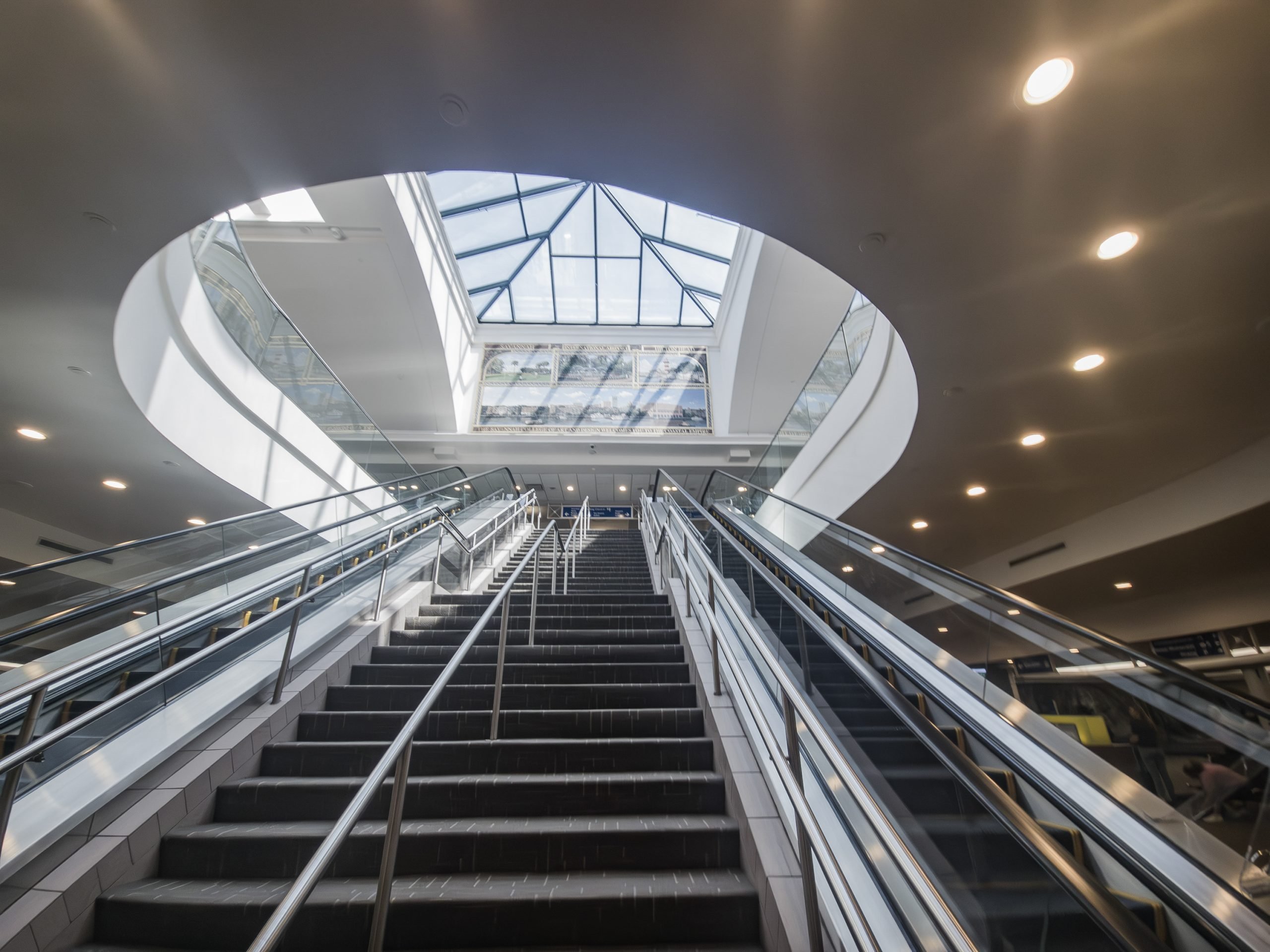
Located near the edge of runways 10 and 28, these graves are a reminder of the land’s past as part of a large family farm, long before the roar of jet engines filled the skies, according to the airport’s website.
The land, once known as Cherokee Hills, was owned and worked by the Dotson family.
Richard and Catherine Dotson were both born in 1779 and spent most of their lives farming the land, passing away after more than 50 years of marriage.
Catherine passed in 1877, and Richard followed seven years later in 1884.
As was the custom in the 19th century, the Dotsons were buried on their property in a family cemetery, a practice common among farming families at the time.
The cemetery, which once contained around 100 graves, included not only the Dotson family members but also enslaved people who had worked on the farm.
The cemetery stood untouched for decades, a peaceful resting place for those who had toiled on the land.
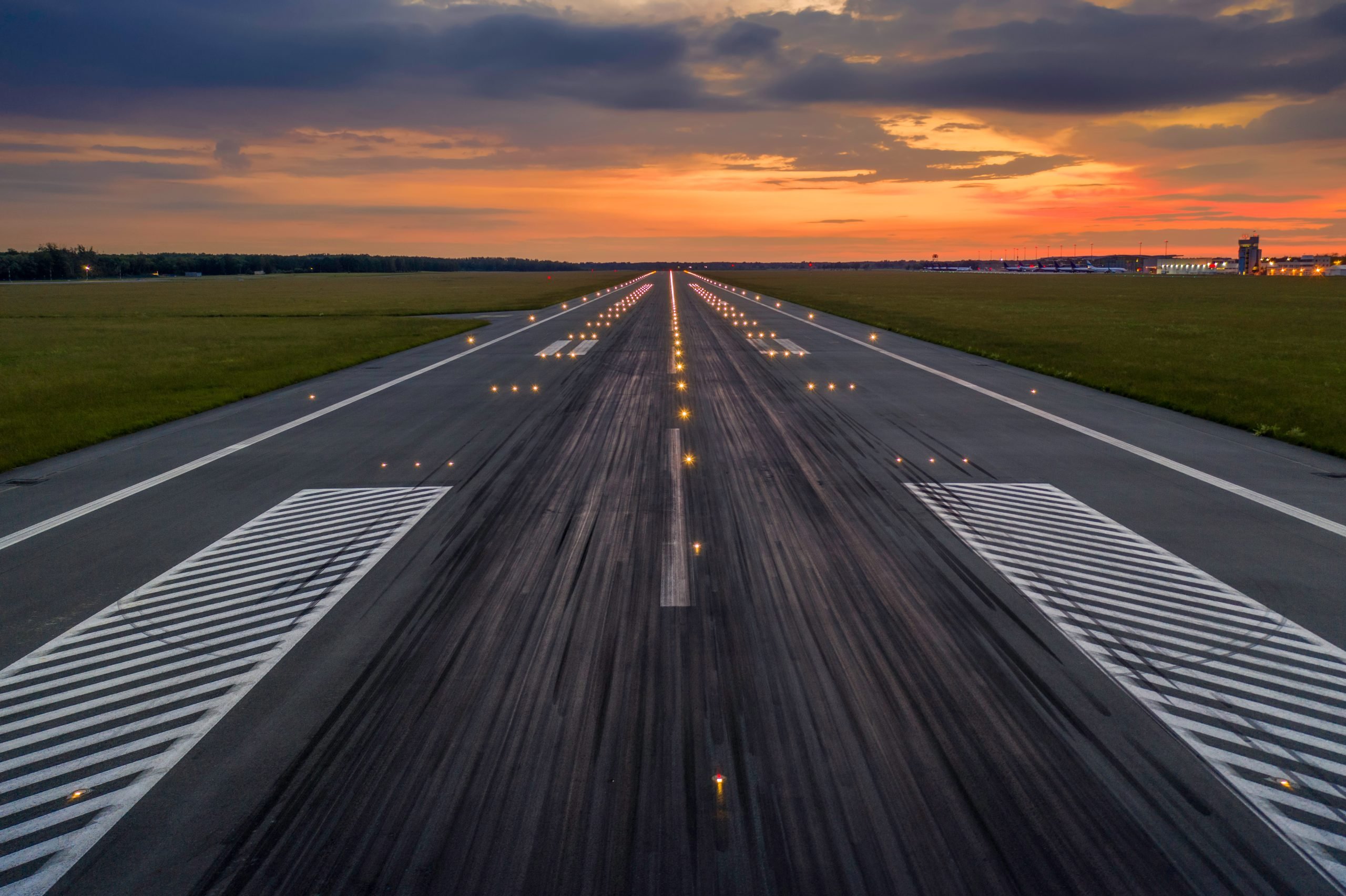
But by the early 1940s, the land that had once been the Dotsons’ farm was eyed for a different purpose.
As World War II loomed, the U.S. military was seeking strategic locations for airfields to support the war effort.
The land in Savannah was ideal for the construction of runways capable of accommodating large military planes such as the B-24 ‘Liberators’ and B-17 ‘Flying Fortresses.’
However, the family cemetery stood in the way of progress.
Almost all of the graves from the Dotson cemetery were relocated to Bonaventure Cemetery, a famous and historic resting place in Savannah, the media outlet Wide Open Country reported in 2019.
Yet, two graves remained where they were – those of Richard and Catherine Dotson.
The couple’s descendants refused to allow their ancestors to be moved, believing that Richard and Catherine would have wanted to stay on the land they had worked so hard to cultivate and maintain, according to The State.
In a compromise between respecting the dead and advancing military infrastructure, the decision was made to leave the Dotson graves in place and pave the runway over them.
Although the graves were covered, markers were installed on the tarmac to honor their presence.
These two rectangular shapes on the runway serve as a tribute to the Dotsons and a reminder of the land’s original purpose before it became a cornerstone of modern air travel.
For over 150 years, the Dotsons have rested in peace beneath what is now one of the airport’s main runways.
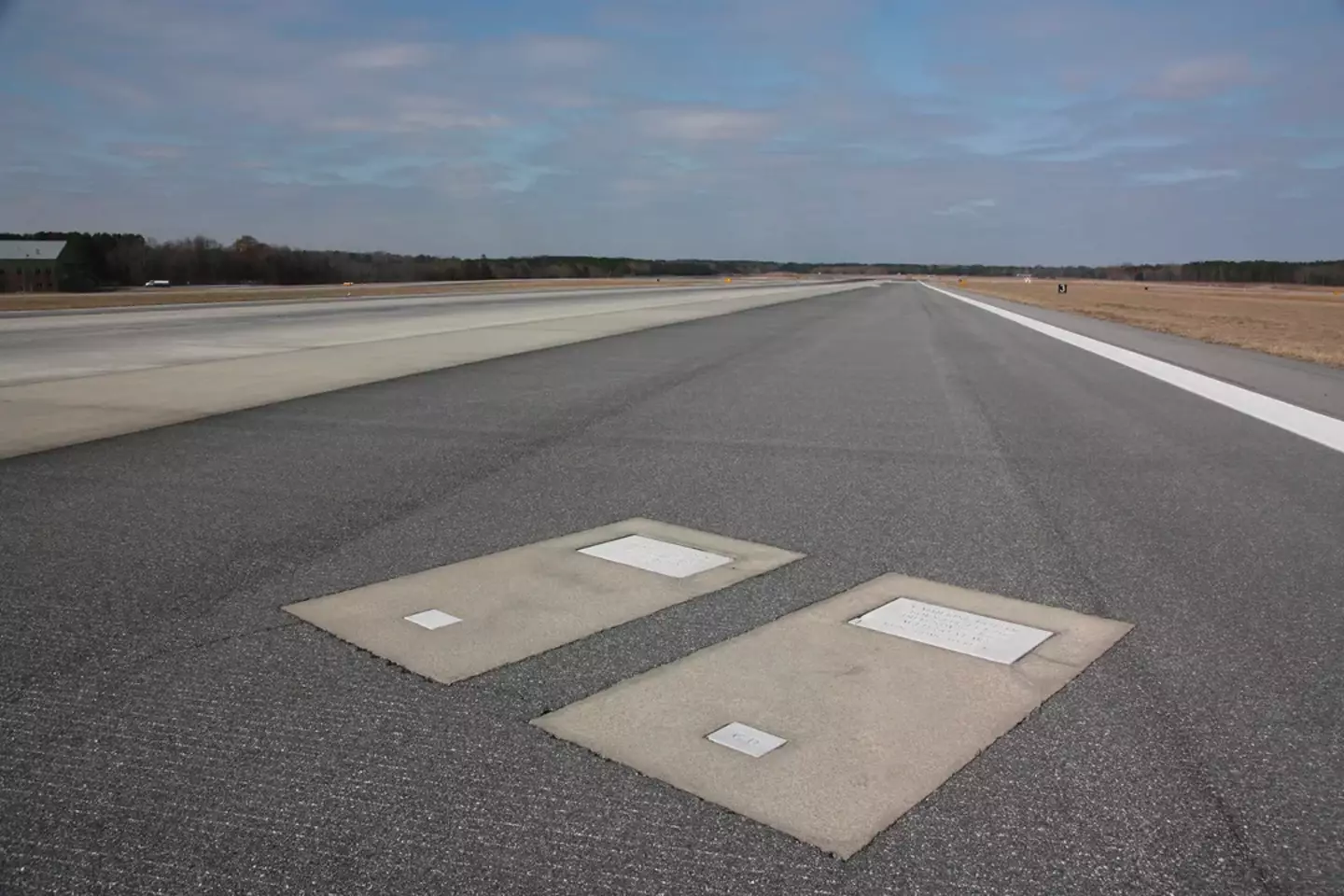
Interestingly, Richard and Catherine Dotson are not the only family members still buried near the airport.
Two other Dotson relatives, Daniel Hueston and John Dotson, are also buried just off to the side of the runway, hidden in the brush near the airport’s busiest airstrip.
Their graves, while not as prominently marked as the Dotsons’, remain another piece of the land’s historical puzzle, nestled quietly in a space now dominated by the whir of aircraft engines.
So, the next time you find yourself landing in Savannah, take a moment to appreciate the unusual story behind this airport runway.
“It’s said that if you are coming into land just after sundown, two figures will appear just along the north side of the runway,” a regional airline captain, Lisa Ruedy, wrote for the website All Things Aero, according to The State.
Related Article: Influencer Who Decided To Clean A Random Stranger’s Grave At Night Leaves People Divided
Related Article: ‘Feral Cannibals’ Feared To Live In U.S. National Park Where Five People Have Vanished